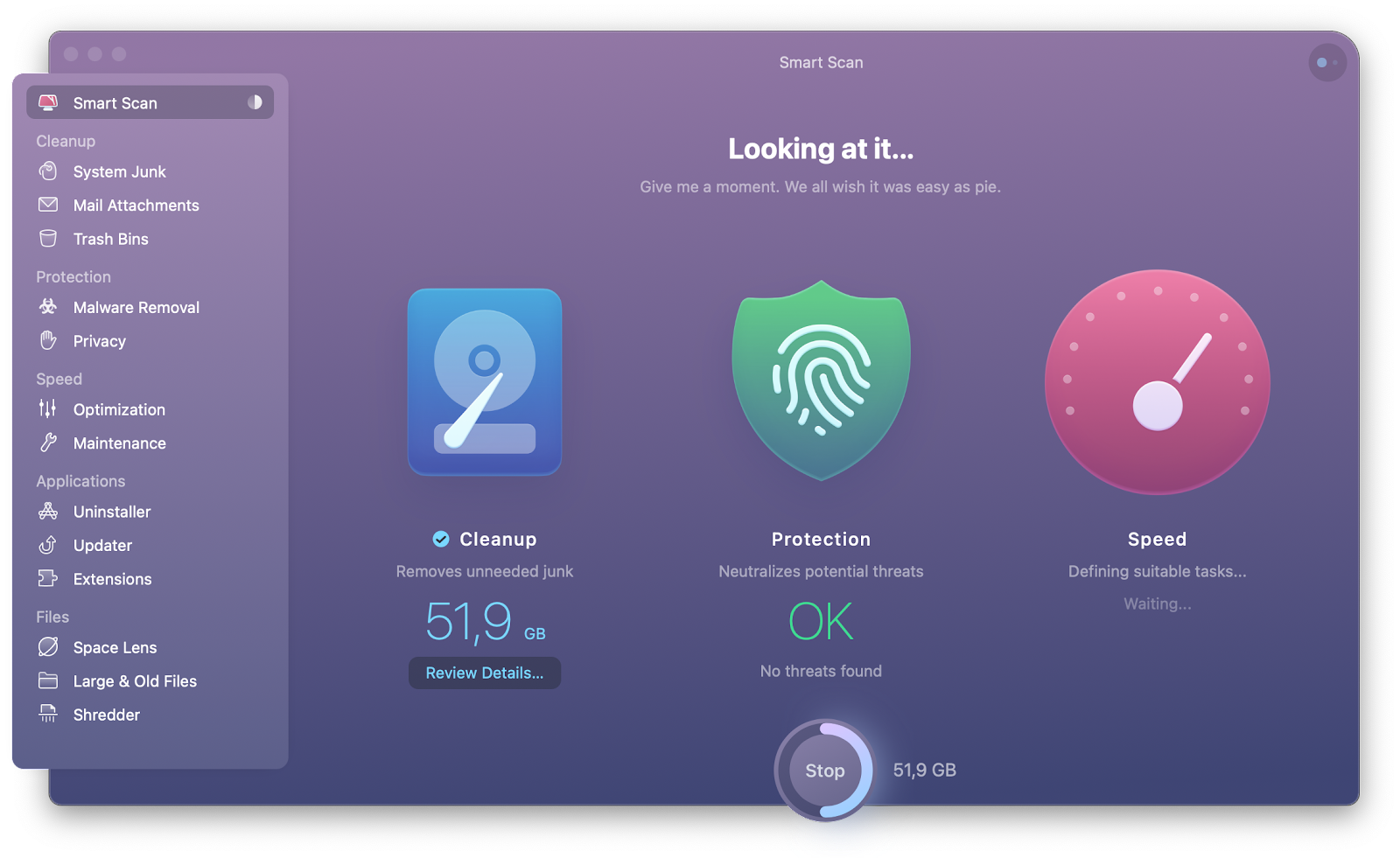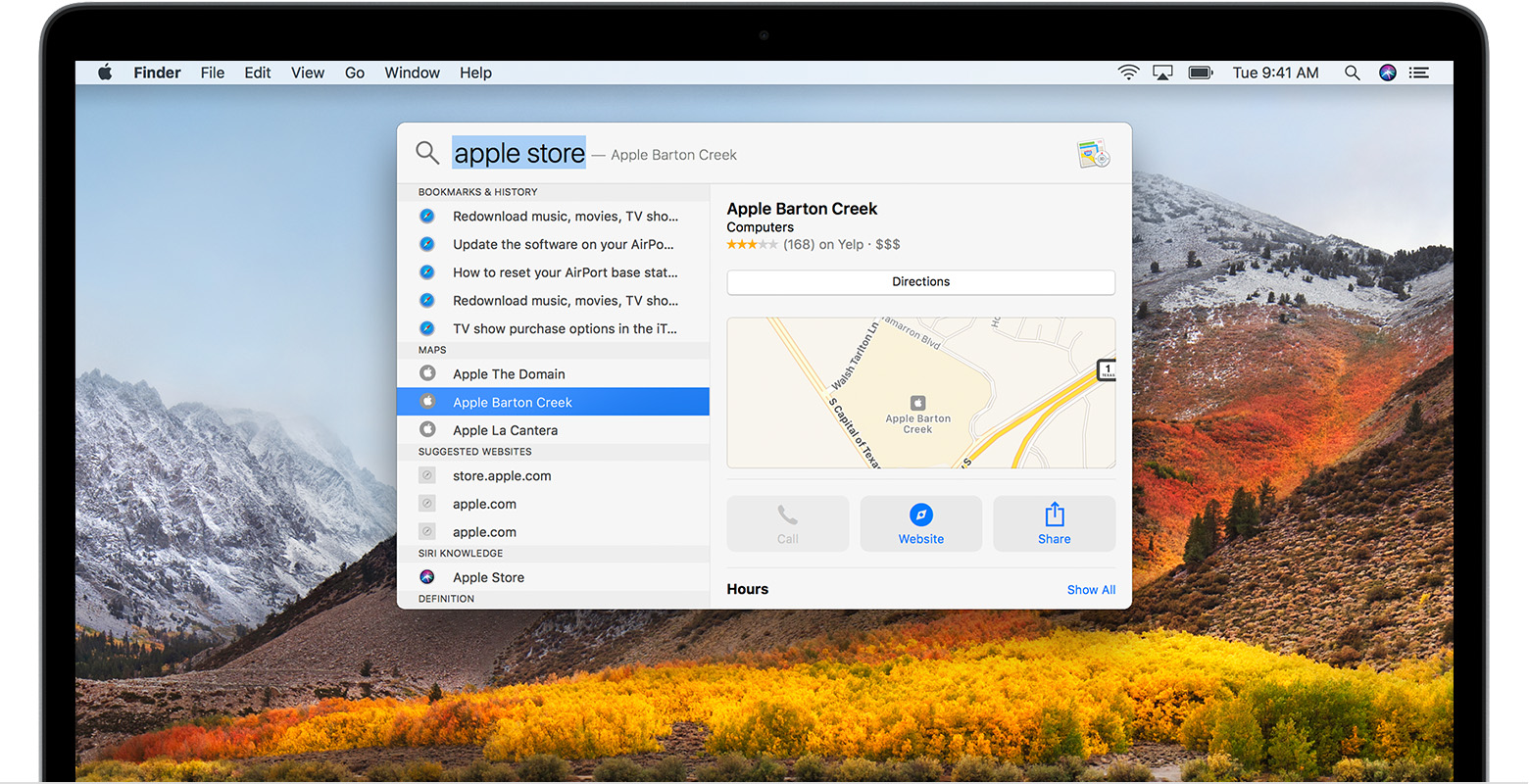Prove Thine Worth Mac OS
- Prove Thine Worth Mac Os X
- Prove Thine Worth Mac Os 11
- Prove Thine Worth Mac Os Download
- Prove Thine Worth Mac Os Catalina
- Now is the time those backups prove their worth by enabling you to recover accidentally deleted files. Launch Time Machine on your Mac. You can access Time Machine by clicking on the clock icon located on the Mac’s menubar. You can also use the Terminal app which allows you to control Time Machine through a command-line interface.
- Apple's iMac is an ultra-thin all-in-one desktop computer that was refreshed with a new design, M1 chips, and new color options in April 2021.
Buy MOSISO Silicone Keyboard Cover Compatible with MacBook Pro with Touch Bar 13 and 15 inch 2019 2018 2017 2016 (Model: A2159, A1989, A1990, A1706, A1707) with Touch ID, Mac OS X Shortcut, Gray: Keyboard Skins - Amazon.com FREE DELIVERY possible on eligible purchases. You can find frantic shooters, low-key indies, grand strategy behemoths, and much more for your Mac. Here are the best Mac games you should have in 2021. How about a pocket / hand held RPL calc? Message #1 Posted by Michael de Estrada on 27 Jan 2011, 1:28 p.m. Lately we've been lamenting the lack of innovation at HP and the demise of some great calcs like the HP-42s.
HP Forum Archive 20
[ Return to Index Top of Index ]
|
|
|
|
|
|
|
|
|
|
|
|
|
|
|

|
|
|
|
|
|
|
|
|
|
|
|
|
|
|
|
|
|
|
|
|
|
|
|
|
|
|
|
|
|
|
|
Prove Thine Worth Mac Os X
|
|
|
Prove Thine Worth Mac Os 11

|
|
|
|
Prove Thine Worth Mac Os Download
|
[ Return to Index Top of Index ]
Prove Thine Worth Mac Os Catalina
Go back to the main exhibit hall